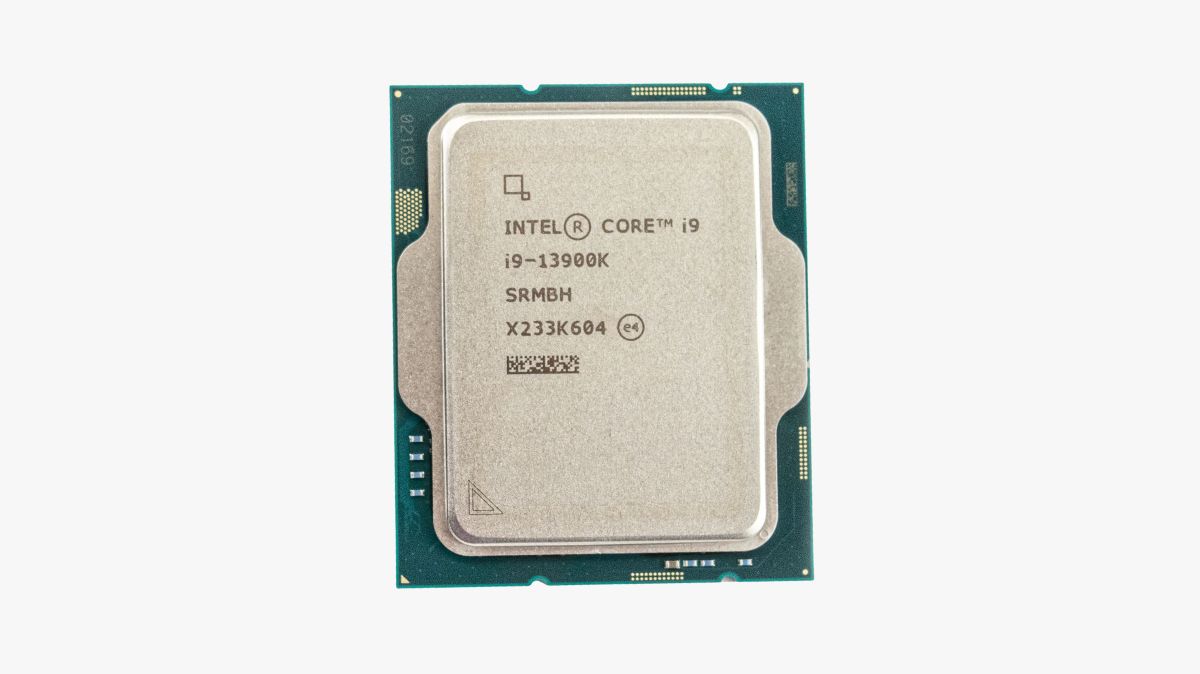In an unexpected turn of events, the competition for the best CPUs is heating up, and it’s not originating from traditional desktops or laptops. Apple’s cutting-edge A17 Pro chip, unveiled during the September 2023 Apple event and featured in the iPhone 15 Pro and Pro Max, is emerging as a formidable contender against industry giants AMD and Intel. What’s astonishing is that the A17 Pro chip achieved an impressive single-core score of 2,914 on the Geekbench 6 test.
A17 Pro vs. A16 Bionic: A 10% Leap
The A17 Pro’s single-threaded performance is indeed remarkable for a chip designed for smartphones. However, the improvement from its predecessor, the A16 Bionic chip, is not as dramatic, standing at roughly 10% better in single-threaded operations.
The Power of Miniaturization: TSMC’s 3nm vs. 5nm Technology
Crucially, the A17 Pro was developed using TSMC’s 3nm technology, while the A16 Bionic relied on a 5nm process, both manufactured by TSMC. This level of single-core performance puts the A17 Pro in a position to challenge Intel’s Core i9-13900K and AMD’s Ryzen 9 7950X processors.
Head-to-Head Performance
According to data from Tom’s Hardware, the Core i9-13900K averages 3,223 points in single-threaded tasks, closely trailed by the Ryzen 9 7950X with a score of 3,172. What sets the A17 Pro apart is that it achieves this remarkable single-core performance at a substantially lower clock speed. While the A17 Pro’s maximum clock speed is 3.75GHz, Intel and AMD CPUs can reach just under 6GHz when overclocked.
A17 Pro vs. Desktop Giants: A Multi-Core Challenge
However, it’s important to note that the A17 Pro doesn’t quite match up to these powerful desktop processors when it comes to multi-core tests. In this arena, the A17 Pro achieves an average score of 7,199 points. In contrast, the Core i9-13900K notches an impressive 22,744 points, and the Ryzen 9 7950X follows closely with 22,240 points. Both Intel and AMD processors boast significantly higher core counts overall.
Architecture Matters
The A17 Pro’s multi-core performance gains are less pronounced, edging ahead by approximately 3% compared to the previous-generation A16 Bionic chip. This suggests that the architecture of the new chip remains largely consistent. Nevertheless, while the A17 Pro may never fully match the performance of a high-end desktop chip, this comparison highlights the growing importance of multi-core performance in today’s computing landscape.
Conclusion
In conclusion, Apple’s A17 Pro chip has taken a significant step in challenging the supremacy of Intel and AMD in single-core performance. While it may not dethrone them in multi-core tasks, its prowess at lower clock speeds demonstrates the potential of mobile processors. As the industry continues to evolve, it’s clear that competition in the CPU market is becoming fiercer, pushing the boundaries of what we can expect from our devices.
Worth Readings:
- How Much Does the iPhone 15 Really Cost? A Comprehensive Guide
- How to Save Battery Life on iPhone?
- Apple Rolls Out 6TB and 12TB iCloud Storage Plans, Priced at $30 and $60 Monthly
- Powering Up: A Comparison of 35w Dual USB-C Port Power Adapter and Compact Power Charger
- How to Transfer Money from Apple Pay to Your Bank Instantly: Say Goodbye to Waiting
- iPhone 14 Review: Release Date and Price
- The New Security and Privacy Features in the Upcoming iOS 17
- Why Using the Cloud Storage is Beneficial for Businesses?


